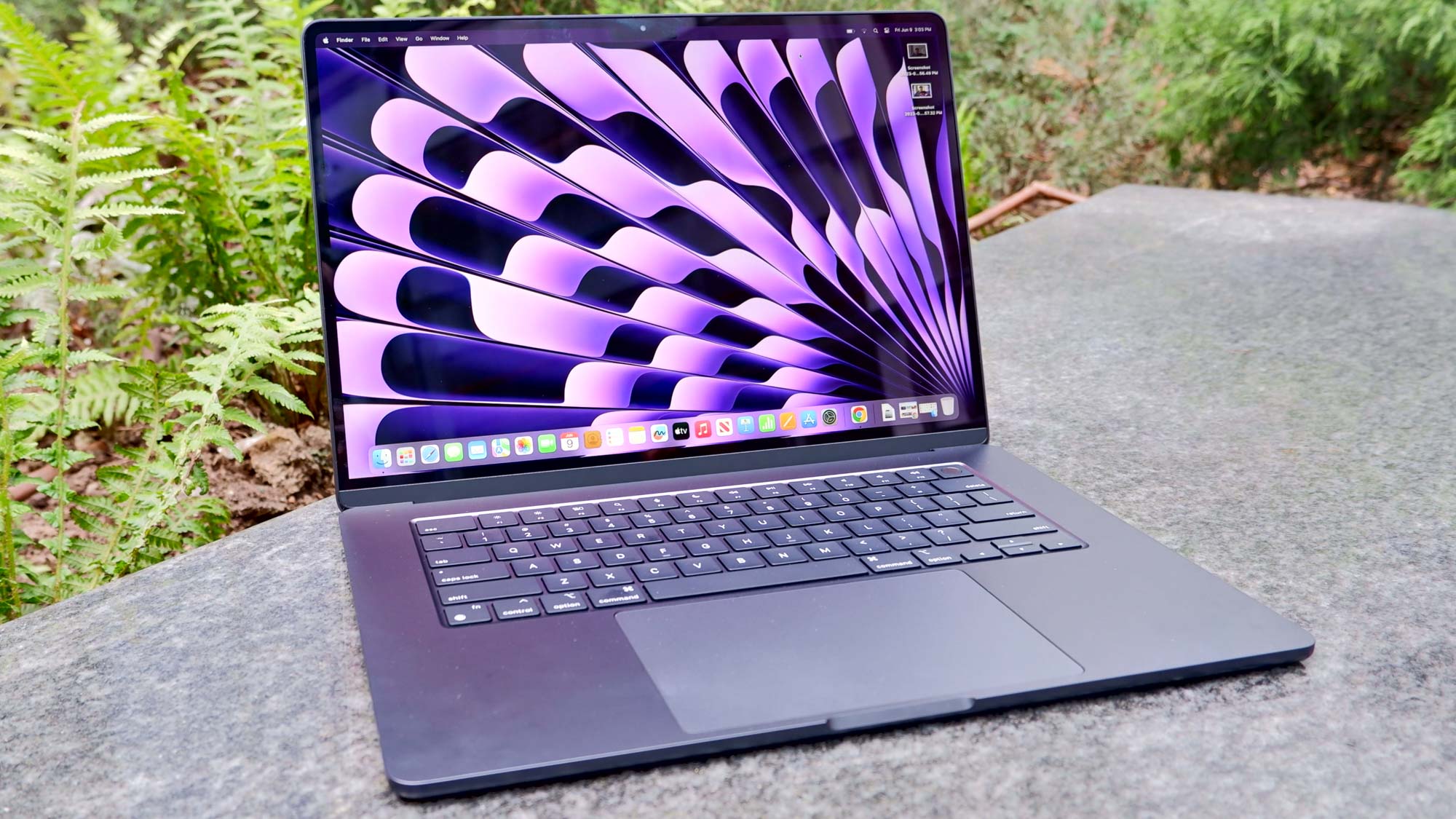Apple MacBook sales are absolutely tanking — here’s why
Everybody’s waiting for M3, and it's hurting Apple’s pockets

Apple MacBooks are some of the best laptops you can buy, but to “buy” one is something that a lot of people are hesitant about right now. According to Apple supply chain analyst Ming-Chi Kuo, sales of these laptops are expected to be around 30% lower this year compared to 2022.
This follows Kuo’s reports that Apple will not be releasing any new MacBooks with the M3 chip this year, which means nothing new will be coming from the company until 2024. Is this harming sales? Let’s take a look.
What’s causing the MacBook sales downturn?
In his post, Kuo highlighted a significant drop in demand for the 15-inch MacBook Air, following the end of the back-to-school period — driving a revised shipment forecast that is down by around 20%. This contributes to weak sales numbers around the 17-million mark.
So, why have MacBooks seen such a downturn? Kuo puts it down to three things: a declining demand from the work-from-home (WFH) crowd, reduced attractiveness of Apple Silicon, and a general consumer shrug around mini-LED. Put simply, the current generation of MacBooks are starting to show their age, as the rumor mill kicks into overdrive about the next laptops coming out of Cupertino.
OLED MacBooks are quite a ways away, according to reports. But, this could already be having a negative impact on the current attitude towards mini-LED, as everybody grows impatient for the new display technology that will boost brightness and color, while reducing impact on battery life.
And most importantly, the M2 chip has been around since June 2022. That’s a long time in the world of CPUs and GPUs, and the ever growing leaks and rumors around the M3 chipset is going to make people hesitant to buy.
MacBook declines bigger than Windows PC makers
So how is Apple doing versus Windows laptop makers? Not great. According to IDC, MacBook sales were down a whopping 23.1% in Q3, compared to -5% for Lenovo and -14.3% for Dell. HP was actually up 6.4%.
Sign up to get the BEST of Tom's Guide direct to your inbox.
Get instant access to breaking news, the hottest reviews, great deals and helpful tips.
However, Apple did grow it's market share year over year from 10.6% to 12.7%. The reason for Apple's relatively weak performance apparently comes down to the company recovering from a COVID-related halt in production during 3Q22.
Is now the time to wait for MacBook M3?
It’s a fair question to ask, and an easy one to answer. Unless you can find a huge saving in the litany of Black Friday MacBook deals you can expect, then you should absolutely wait and see what Apple has up its sleeves.
That new 3nm chipset of the A17 Pro has given the iPhone 15 Pro and Pro Max a huge turbo boost — particularly in graphics, and the unlocking of ray tracing. So, imagine what something like this capability could look like on a larger chip with more power running through it?
With possibilities being that tasty, and an early 2024 launch window speculated for the new MacBook Air and 13-inch MacBook Pro, you should at least entertain the idea of holding out.
More from Tom's Guide

Jason brings a decade of tech and gaming journalism experience to his role as a Managing Editor of Computing at Tom's Guide. He has previously written for Laptop Mag, Tom's Hardware, Kotaku, Stuff and BBC Science Focus. In his spare time, you'll find Jason looking for good dogs to pet or thinking about eating pizza if he isn't already.
-
Dmitry P. ReplyBut, this could already be having a negative impact on the current attitude towards mini-LED, as everybody grows impatient for the new display technology that will boost brightness and color, while reducing impact on battery life.
Please, check those things. The only thing that is true is color (and even it is controversial).
Brightness (do not mistake for contrast ratio) is higher on mini-led. MBP 14/16 has peak brightness of 1600 nits and a sustained brightness of 1000 nits. While most oled laptops max brightness is about 600 nits.
Impact on battery - depends on color. On average OLED consumes more power at the same brightness. If you take completely white screen and start turning it black pixel by pixel, old becomes more efficient only after about 60-65% of pixels are black. So "on average" oled consumes more power."boost color" what does it even mean?
One undebatable thing you haven't mentioned is contrast ratio, which for now is possible only with oled.
